Chelsea Dobbins
Public vs Media Opinion on Robots
May 05, 2019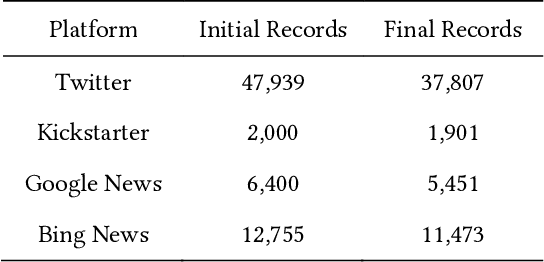
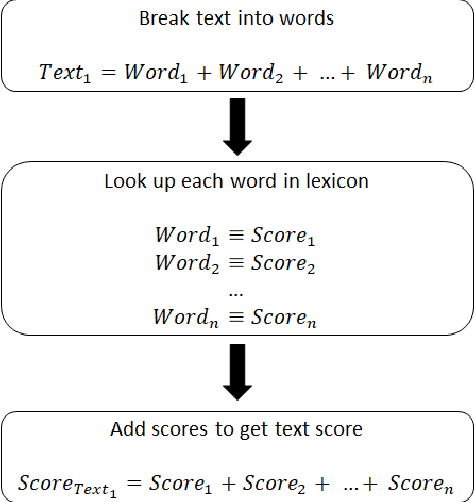
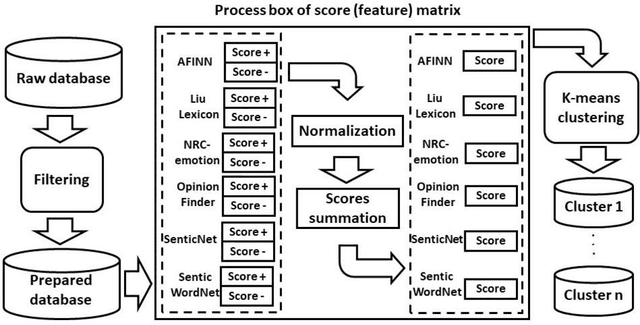
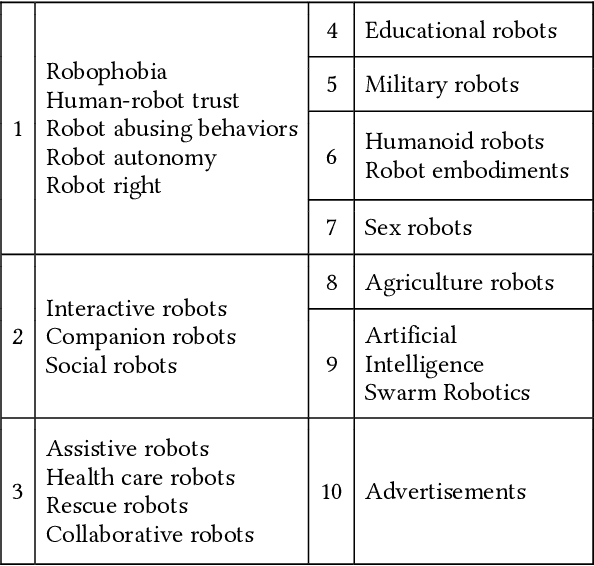
Abstract:Fast proliferation of robots in people's everyday lives during recent years calls for a profound examination of public consensus, which is the ultimate determinant of the future of this industry. This paper investigates text corpora, consisting of posts in Twitter, Google News, Bing News, and Kickstarter, over an 8 year period to quantify the public and media opinion about this emerging technology. Results demonstrate that the news platforms and the public take an overall positive position on robots. However, there is a deviation between news coverage and people's attitude. Among various robot types, sex robots raise the fiercest debate. Besides, our evaluation reveals that the public and news media conceptualization of robotics has altered over the recent years. More specifically, a shift from the solely industrial-purposed machines, towards more social, assistive, and multi-purpose gadgets is visible.
A Natural Language Query Interface for Searching Personal Information on Smartwatches
Nov 22, 2016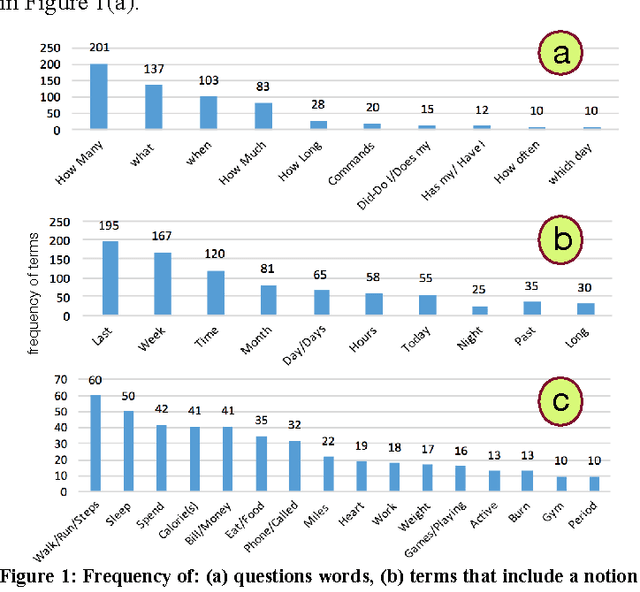
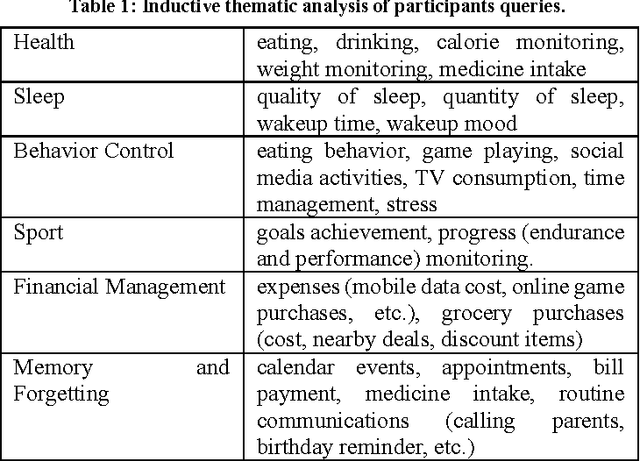
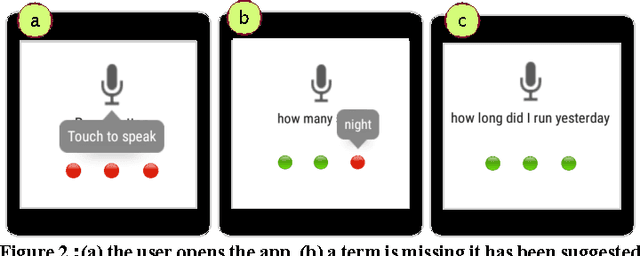
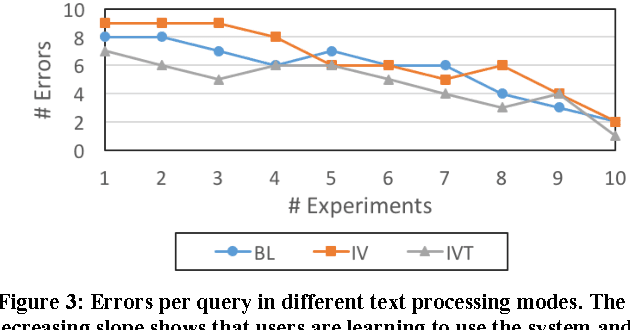
Abstract:Currently, personal assistant systems, run on smartphones and use natural language interfaces. However, these systems rely mostly on the web for finding information. Mobile and wearable devices can collect an enormous amount of contextual personal data such as sleep and physical activities. These information objects and their applications are known as quantified-self, mobile health or personal informatics, and they can be used to provide a deeper insight into our behavior. To our knowledge, existing personal assistant systems do not support all types of quantified-self queries. In response to this, we have undertaken a user study to analyze a set of "textual questions/queries" that users have used to search their quantified-self or mobile health data. Through analyzing these questions, we have constructed a light-weight natural language based query interface, including a text parser algorithm and a user interface, to process the users' queries that have been used for searching quantified-self information. This query interface has been designed to operate on small devices, i.e. smartwatches, as well as augmenting the personal assistant systems by allowing them to process end users' natural language queries about their quantified-self data.
 Add to Chrome
Add to Chrome Add to Firefox
Add to Firefox Add to Edge
Add to Edge